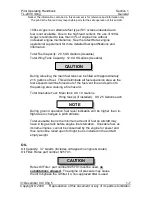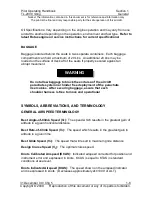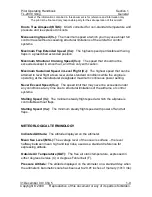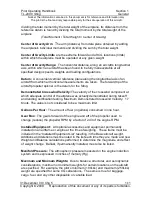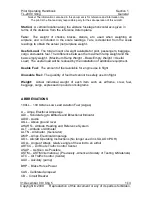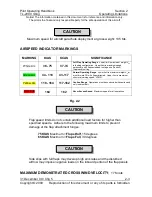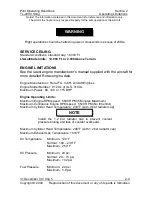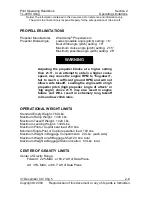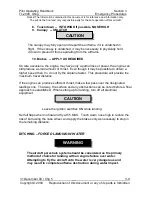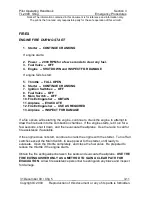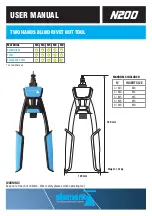
Pilot Operating Handbook
Section 2
TL-2000
Sting
Operating Limitations
Notice! The information contained in this document is for reference and information only.
The pilot is the final and only responsible party for the safe operation of this aircraft.
31 December 09 / Chg 5
2-5
Copyright © 2009 Reproduction of this document or any of its parts is forbidden.
Exceeding the maximum fuel pressure may override the float valves of the
carburetors and cause erratic engine operation.
Takeoff climb, decent, and traffic pattern operation
with the electric
Aux Pump ON
is required to
minimize fuel cavitation especially at high deck
angles.
Fuel Grade:
91 Octane Unleaded Auto Gas
; 100LL Avgas (alternate grade)
100LL Avgas is to be used as an alternate fuel
type
if
91 octane auto fuel is not available. Use of 100LL
Avgas is restricted to less than 30% of engine operation
time by the engine manufacturer. If 91 Octane
Unleaded is not available during travel, adding 100LL
Avgas in any proportion to partial tanks of 91 Unleaded
is acceptable. Following use of Avgas during travel, run
the engine to warm the oil. Then, change the oil to
reduce the effect of lead on engine life.
The aircraft manufacturer does not recommend the use of additives such as
TCP for leaded fuel (Avgas) operations.
Operation with 10% Ethanol is acceptable. To prevent damage to the fuel
system, prior to extended storage operate fuel system on avgas to remove
ethanol or other additives from the fuel system. Fuel system storage of any
auto fuel or auto fuel with Ethanol is not recommended.
Oil Specifications:
Oil type is dependent on engine operating conditions IAW latest
Rotax Service Instructions.
Confirm the latest Rotax engine oil recommendations
prior to selection
. In general, the use of a semi-synthetic motor-cycle oil with gear
additives is recommended, but aviation ashless dispersant oils are not recommended.
CAUTION
WARNING
W R ING
NOTE

